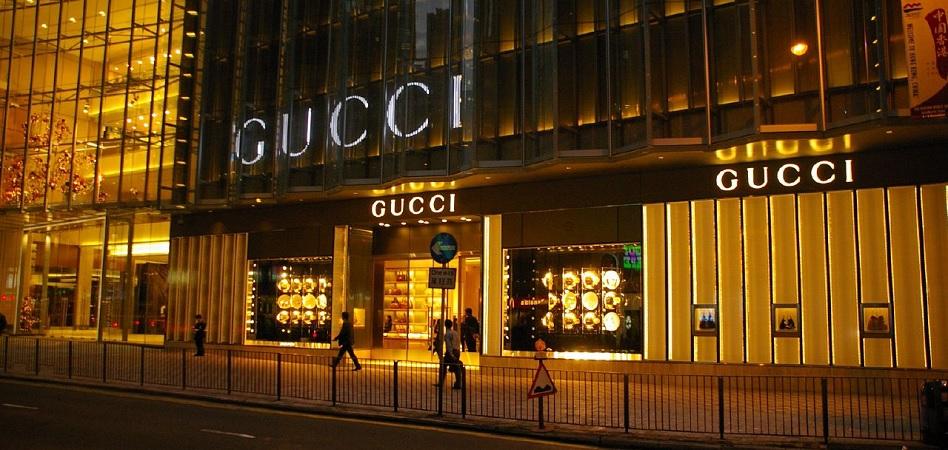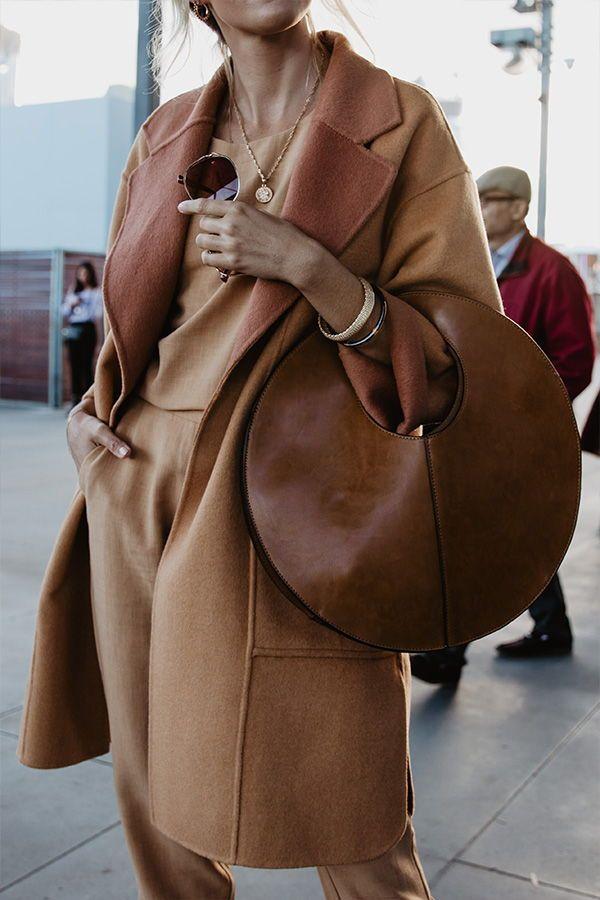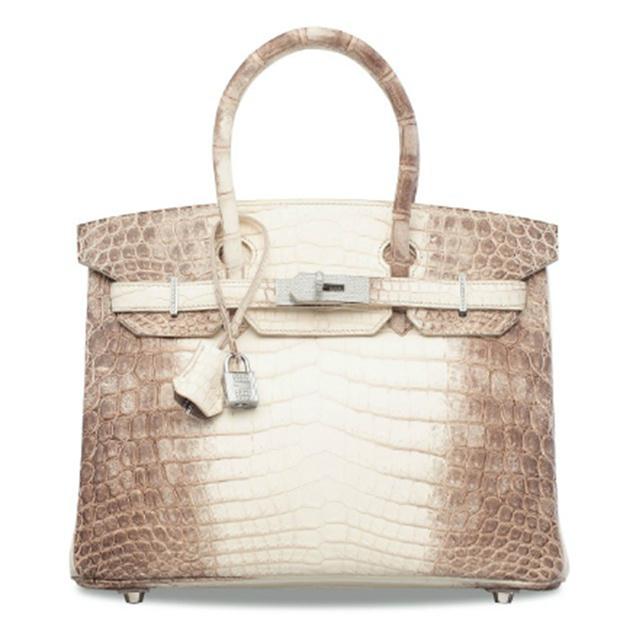Gucci was a cursed brand for many decades. An abomination at the family level that reached its zenith with the death of Maurizio Gucci, by express order of his wife, Patrizia. Some of the most gruesome episodes in history appear in the movie The House of Gucci, which has become a box office hit. But many others do not appear. The true origins of the family business. The appearance of two external figures who raised the company. How the firm escaped from the hands of one of the richest men in the world and ended up on the same balance sheet as firms like Conforama.
Also, that the tragic fate of Maurizio is not an exception in the world of fashion. In fact, two years after that event, in 1997, another Italian luxury mogul was shot dead, Gianni Versace. But on this occasion the name of his executor can say little about the truth, to the point that 24 years later the case has still not been clarified. The police always suspected the Calabrian mafia, where he was born, but it could never be proven. Nor if it was a paid job to keep his empire.
The most curious thing is that one and another firm seems to have fared much better than with Maurizio and Gianni at the helm. Now, both brands have their own shine (despite the pandemic) in the face of the financial rot, hidden under the designer fabrics, that they maintained before. Especially in the case of Gucci. Thus, if the 20th century was that of family disputes for the Italian brand, the 21st century was that of the war between businessmen. A story with less scenic load, but with the same (or more) cruelty and foul play that the film reveals. This is the untold story of the transalpine fashion firm.
GUCCI, THE TROPHY OF TWO FIGHTING FRENCH BARONS
Maurizio's murder caused a serious crisis in the Italian firm. A chaos from which she would not be able to recover on her own. At that time, the transalpine company was for sale waiting for what is known as a white knight, an investor who would assume the debts and, moreover, invest so that the company could grow. Gucci's problem was that two Frenchmen appeared among the richest in the world: François Pinault and Bernard Arnault. A new war with Gucci in the background began in 1999.
Bernard Arnault, Chairman of the LVMH Group

The ambition of the former was baffling to the fashion world. Pinault led France's largest non-food retail group, Pinault-Printemps-Redoute (PPR), but his fashion background was nil. Meanwhile, the second was one of the world personalities of that world. Arnault had forged the quintessential luxury conglomerate LVMH. Furthermore, he was the first to move by buying shares of the company in the attempted assault on him. By the way, a part of that percentage was bought from Prada. Later, he was in talks with Domenico De Sole, Gucci's chairman, and Tom Ford, its chief designer, to close the deal.
It would never happen. The negotiations never went well, probably because the transalpine firm would not have sufficient recognition within the large army of luxury that Arnault had under his orders. Soon, both executives began to maneuver for Pinault to take control of the company. Thus, a series of decisions were made. Gucci embarked on defensive maneuvers, taking advantage of lax Dutch corporate governance rules to issue new shares that diluted LVMH's stake. In turn, PPR entered the company with force by taking 40% of it.
SHADOW AGENTS IN INVESTMENT BANKING
Finally, Arnault had to give up. But in his withdrawal, another internal war was discovered that had brought out this conflict between the two French gentlemen: the dirty work of the American investment banks. Specifically, LVMH denounced Morgan Stanley because it considered that the investment bank had made "unfair" reports on the valuation of the fashion brand. The French group repeatedly took him to court in which he came to ask for up to 100 million euros, while the American firm also went to court to defend itself. In the end, the bank had to pay 30 million for his tricks.
Morgan Stanley was the center of Arnault's ire because he was, in fact, the true gentleman who saved the company. The investment bank not only helped take Gucci public in 1995, it later also helped it defend against LVMH's takeover bid in 1999. It was also the architect of Pinault finally appearing as a white knight to save the company. Although the dirty war between one and the other was not only limited to the financial firm itself and its valuation reports, but also reached the press.
Thus, up to five journalists resigned from La Tribune, a financial newspaper owned by LVMH, in protest at the newspaper's biased coverage of PPR. One of LVMH's accusations, on the other hand, is that in an interview with Corriere della Sera, an Italian newspaper, in April 2001, Claire Kent, a Morgan Stanley luxury goods analyst, tried to tarnish the reputation of the company. company to improve the image of Gucci. LVMH modified the article's citations to prove her case, Morgan Stanley went on to expose.
GOODBYE TO THE OUTSIDERS WHO RAISED GUCCI
The victory in the gruesome war between Pinault and Arnault gave way to a new dispute: how and who should decide the future of Gucci. In principle, all eyes pointed to their two reference men such as Sole and Ford. But to everyone's surprise in 2004 they were 'invited' to leave the company for good. Although yes, very well paid with a check for a value greater than 25 million euros. In a decision that led the Italian company to historic stock market lows and analysts to distrust Pinault's plan.
After all, if they already distrusted the lace of the fashion group, which was not only Gucci, but also Balenciaga, Yves Saint Laurent, Bottega Veneta or Alexander McQueen, in a conglomerate that stood out for being the largest coupon group in the world. It was even more strange to see Italian luxury in the presentations together with other brands such as Conforama or Fnac. And, furthermore, that symbiosis had to be executed without the two men who had changed, raised and plundered the Italian firm. Even Ford himself had a significant number of seasoned fans of his designs. In fact, years before, the press had published that it was impossible to conceive of Gucci without its chief designer.
FROM THE TRIUMPH OF THE ICE CREAM MAN TO THE SUCCESSOR OF VALENTINO
But the departure of both eventually proved decisive. A plan perhaps devised by Pinault, which limited his power in the company, although executed to the millimeter by his right-hand man for decades: Serge Weinberg. A man who has been behind the growth of PPR to make it one of the world's giants also in luxury, under the name of Kering. A name that probably sounds better to fashion enthusiasts. In addition, the departure of Ford and Sole allowed the arrival of two key names in the future of the firm and of the luxury sector, such as Robert Polet and Alessandra Fachinety.
The first, in addition, was even ridiculed in its beginnings. A story that was too similar to Pinault's to be a simple anecdote. Thus, Polet came from the world of consumption, in this case from the food industry, where he was president of an ice cream and frozen food division of the giant Unilever. Soon, puns about his origins flooded the media. Fortune would headline something like "Gucci Group: the ice cream man is coming." But the result was extraordinary. In the first years, the group stopped giving losses and multiplying the billing.
Although it had one more effect, since being away from the world of fashion, its most important premise was to let designers work at their own pace. To replace Ford, two names stood out, such as John Roy and Fachinety itself, who for many years raised the firm even higher. Finally, the designer's success was such that she was chosen to be Valentino's successor in the renowned Italian fashion firm. Another success for Pinault who has been able to recreate the success of Gucci, after the family curse that devastated her.




